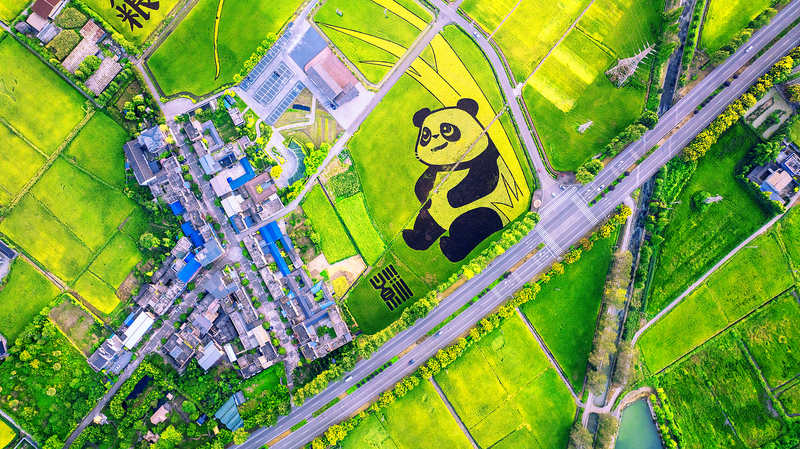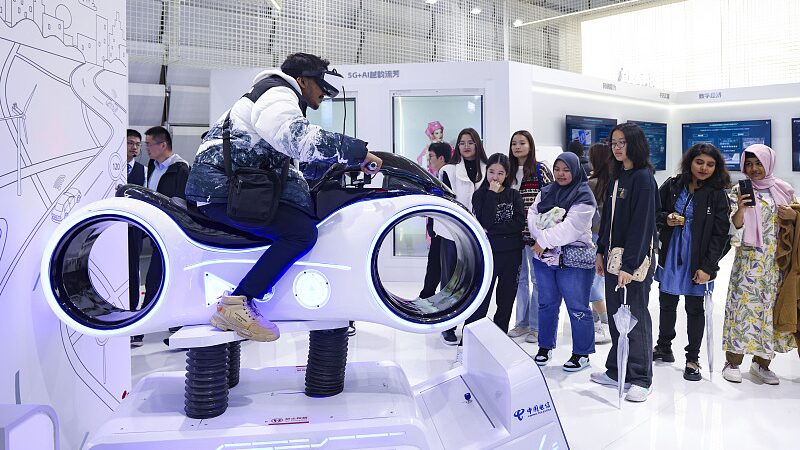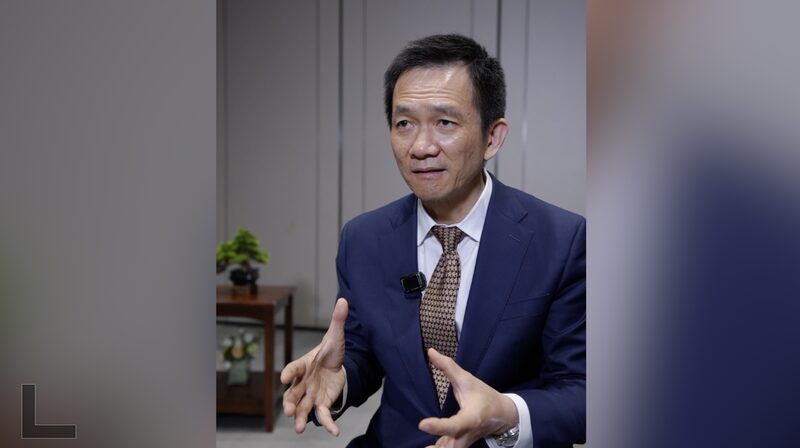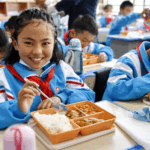At the Fifth World Food Forum in Rome, students from Tsinghua University showcased how China’s education system is cultivating a generation of innovators tackling global hunger. Their projects – from AI-powered pest detection to precision irrigation drones – highlight a national strategy where classrooms fuel rural transformation.
Bridging Education and Action
China’s focus on rural education infrastructure has renovated 108,000 schools in impoverished areas since 2012, with 100% internet connectivity achieved in primary and secondary schools by 2023. Over 61 million skilled graduates emerged from vocational programs between 2012 and 2021, while 342 million users engaged with online education platforms by 2020. This ecosystem produces youth fluent in both technology and social responsibility.
From Labs to Fields
Tsinghua’s Cyrus Tang Center trains students to apply knowledge globally through fieldwork and multilateral partnerships. At the forum, graduate Noé Gabriel Alexandre Michon demonstrated an AI tool that identifies crop diseases via leaf photos, potentially curbing losses of up to 40% in staple crops. Entrepreneur Leng Wei presented drone-sensor irrigation systems shown to reduce water use by 35% while increasing yields by 12% – critical gains for agriculture consuming 62% of China’s freshwater.
Cultural Roots, Global Impact
The university’s ‘Rural-Innovation+’ exhibition reimagined local heritage through design, illustrating how education fosters cultural confidence alongside technical skills. These initiatives align with China’s strategy to intertwine innovation, sustainability, and rural development – proving that ending hunger requires nurturing minds as much as harvesting fields.
Reference(s):
cgtn.com








